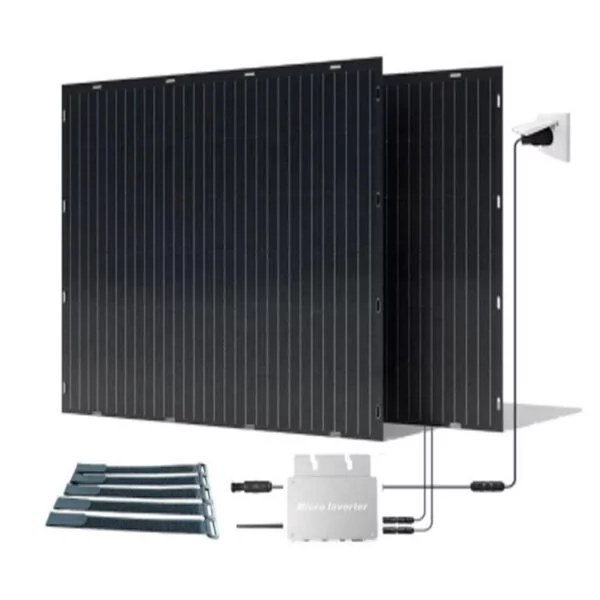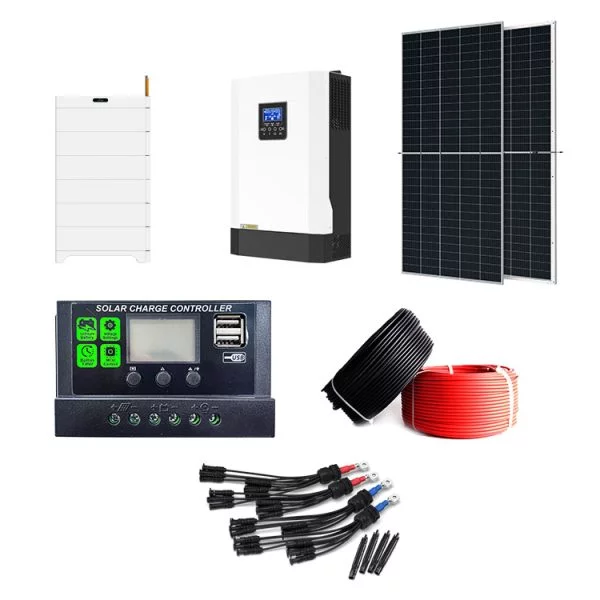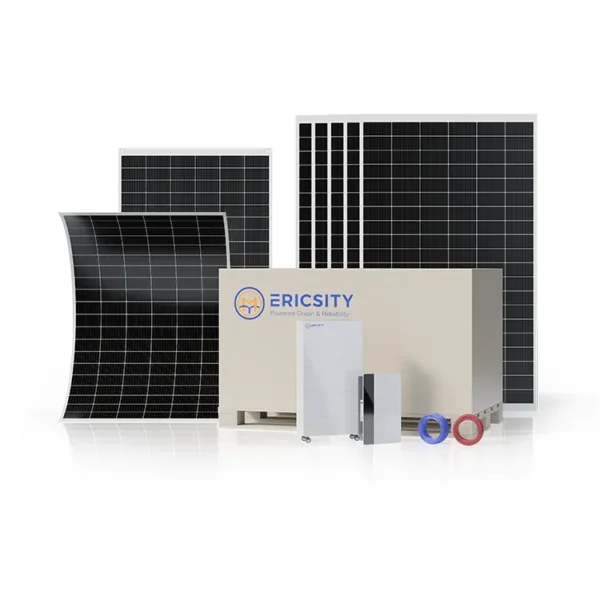HOT PRODUCT
Product Details
Inverter Price Trends: What To Expect In The Solar Industry
Title: Inverter Price Trends: What To Expect In The Solar Industry
Introduction
The solar industry has experienced remarkable growth over the past decade as a renewable energy source that offers numerous economic and environmental benefits. As solar power becomes increasingly adopted, the cost of various components, particularly inverters, plays a crucial role in determining the overall affordability and efficiency of solar systems. In this article, we will explore the trends in inverter prices and provide insights into what we can expect in the solar industry going forward.

1. Falling Inverter Prices: A Drive for Solar Power
Over the years, inverters have become one of the most significant factors influencing the overall cost of a solar installation. However, the good news for solar enthusiasts is that the prices of inverters have seen a continuous downward trend. Technological innovations, economies of scale, and increased competition in the market have contributed to this decline.
2. Technological Advancements in Inverter Design
Advancements in inverter technology have been a major catalyst for reducing costs. In the past, string inverters were predominantly used, but they had limitations in terms of efficiency and scalability. However, the introduction of microinverters and power optimizers has brought about a significant shift. These newer technologies allow for module-level power conversion, which improves energy harvesting capabilities and system performance. Additionally, they offer flexible installation options, ensuring higher energy production even in partial shading or uneven installation scenarios.
3. Economies of Scale and Production Efficiency
As the solar industry continues to grow, the demand for inverters has increased exponentially. This growing demand has allowed manufacturers to benefit from economies of scale, leading to cost reductions. Inverter manufacturers are now able to streamline their production processes, improve manufacturing efficiency, and negotiate better prices for raw materials. Furthermore, increased competition among manufacturers has kept profit margins in check, leading to more affordable prices for both residential and commercial solar projects.

4. The Influence of Policy Measures on Inverter Prices
Government policies and incentives have a significant impact on the solar industry and, consequently, inverter prices. In some countries, such as China and Germany, government subsidies and favorable policies have accelerated the adoption of solar power, leading to a surge in demand for inverters. Consequently, increased demand has resulted in larger manufacturing volumes, which has further driven down prices. Conversely, uncertainties in policies or sudden changes can create fluctuations in the market, affecting prices and investment decisions.
5. Future Outlook: Price Stability and Technological Innovations
Looking ahead, it is anticipated that the downward trend in inverter prices will continue. As solar power continues to gain popularity worldwide, costs will likely stabilize at a lower threshold due to optimized production processes, improved efficiency, and matured supply chains. Moreover, technological innovations will continue to shape the solar industry, driving the demand for more advanced inverters with features like integrated energy storage, smart grid integration, and enhanced communication capabilities.
Conclusion
The increasing affordability of inverters is a positive step towards achieving widespread adoption of solar power. Falling prices, driven by technological advancements, economies of scale, and favorable government policies, contribute to the overall cost-effectiveness and attractiveness of solar energy systems. As the solar industry continues to evolve, further innovations and improvements in inverter design are expected, leading to more efficient and reliable solar power solutions for a sustainable future.




